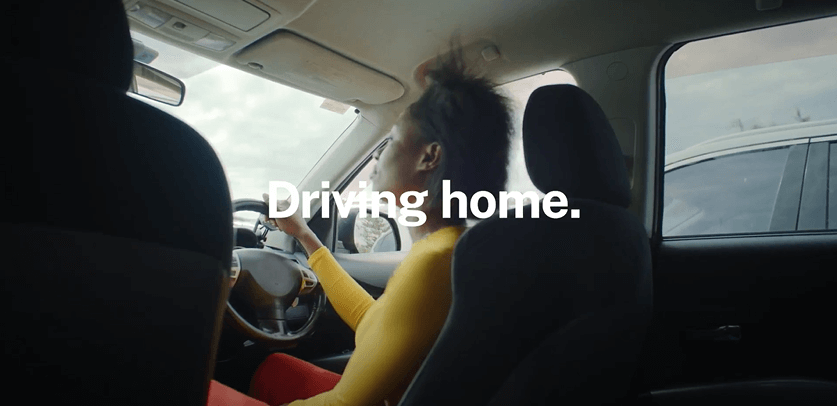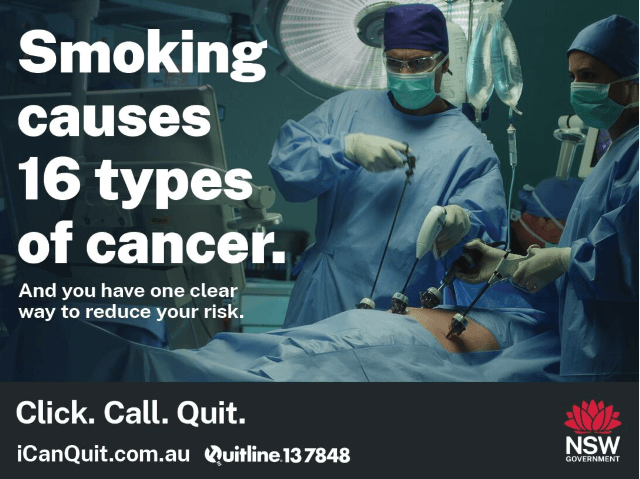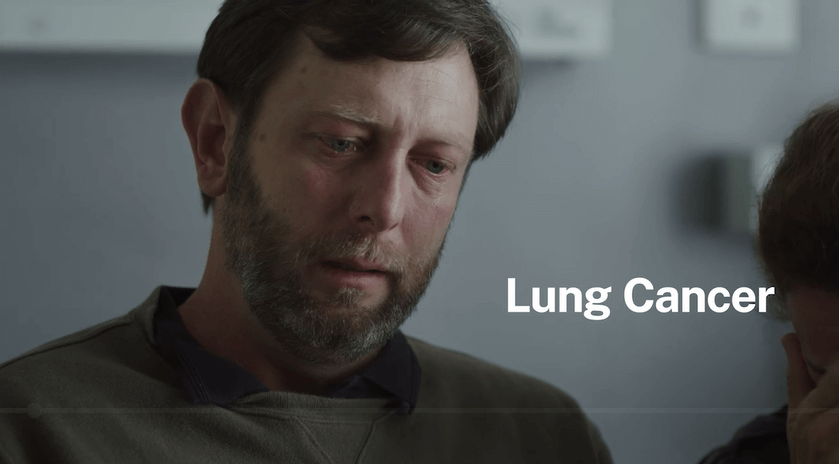2023-2024 Anti-tobacco campaign

Campaign overview
From 2 April to 30 June 2024 the Cancer Institute NSW will deliver a repeat of the 16 Cancers and Beat the Cravings campaigns.
The campaign is being delivered across a range of mass media channels, including television and television on demand, online video (OLV), social media (Meta), outdoor advertising, radio, press and search engine marketing.
16 Cancers
16 Cancers is a threat-based, graphic style campaign encouraging people who smoke to quit. The campaign highlights the dangers of smoking by linking it to 16 different cancers and focusing on the distress of a cancer diagnosis. The creative is emotionally powerful, increasing the perceived threat of developing tobacco-related illness.
16 Cancers will be in market from 2 April through to 18 May 2024.
Beat the Cravings
Beat the Cravings is a strengths-based campaign that uses a supportive and empathetic tone to increase confidence to quit smoking by:
- breaking down quitting into small, achievable chunks – one craving at a time;
- offering actionable tactics that can be implemented to help overcome cravings; and
- increasing awareness and use of the available smoking cessation support services – iCanQuit and Quitline.
Beat the Cravings will be in market from 19 May through to 30 June 2024.
Key messages
16 Cancers
- Smoking causes 16 different types of cancer. You’ve got one clear way to reduce your risk. Quit smoking.
Beat the Cravings
- Beat cigarette cravings, one at a time.
Key call to actions
- Quit smoking.
- Click. Call. Quit. Visit iCanQuit or call Quitline on 13 7848.
Who produced this campaign?
16 Cancers
16 Cancers is licenced from the Cancer Council WA and optimised for use in NSW.
16 Cancers was found to be highly effective at increasing intentions to quit smoking, increasing quit attempts and encouraging people who smoke to seek help to quit, by informing them of the risks associated with smoking and driving a sense of immediacy of personal risk.
Beat the Cravings
Beat the Cravings was produced by the Cancer Institute NSW for the 2020/21 Tobacco Control Campaign.
Beat the Cravings was found to be empathetic and empowering, increasing feelings of achieve-ability about quitting smoking. The campaign was found to be effective in overcoming barriers and shifting customers’ intentions and attempts to quit.1
Why we need a campaign
Evidence shows anti-tobacco social marketing campaigns are one of the most effective population strategies to reduce tobacco consumption. Campaigns help to communicate and personalise the health risks of smoking, provide hope and confidence in the individual’s ability to quit smoking and increase their sense of urgency about quitting.2,3
In NSW, smoking continues to remain the leading cause of preventable disease and death – estimated to account for 6,614 deaths in 2021 and 56,118 hospitalisations in 2021/22.
It is a major risk factor for many diseases including coronary heart disease, stroke, peripheral vascular disease, cancer, asthma and chronic obstructive pulmonary disease (COPD).2
Despite smoking rates declining over recent years, in 2022 11.4% of NSW adults were current smokers (at a daily and occasional frequency) , which equates to approximately 923,000 people.5
Target audience
The campaign will target adults aged 18+ in NSW who smoke.
The campaign will also focus on the following audiences who have been identified to have high smoking rates, including:
- Aboriginal people aged 18+ in NSW who smoke.
- Culturally and Linguistically Diverse (CALD) audiences aged 18+ in NSW who smoke, specifically Arabic, Mandarin and Vietnamese speaking people.
- People in regional and rural areas in NSW aged 18+ who smoke.
- Women aged 18 – 34 in NSW who smoke during pregnancy, whilst trying to conceive and post pregnancy (this audience will be targeted via the tactical Quitting Smoking in Pregnancy sub-campaign).
Both 16 Cancers and Beat the Cravings campaign creatives have been adapted to effectively resonate with these focus audiences. This includes utilising talent from the target audience, and translating the assets into the relevant languages. Targeted media channels will also be utilised to optimise reach and engagement with these audiences.
New creative assets for the Quitting Smoking in Pregnancy sub-campaign are in development.
Campaign assets
The campaign assets below are available for those who would like to promote the campaign messages to their audiences. If you are interested, please share the assets below or reach out to the team at CINSW-Prevention@health.nsw.gov.au.
You can also download the PDF version of the campaign toolkit.
16 Cancers campaign assets
Videos
30 second:
Lung, Throat, Bladder, Lung, Pancreatic, Bladder
15 second:
Bladder, Bowel, Throat

Beat the cravings campaign assets
Videos
30 second:
Drinking coffee, After dinner, Walking the dog, Out with mates
15 second:
Driving home, Out clubbing, Walking to work

Further information
For further information, please reach out to the team at CINSW-Prevention@health.nsw.gov.au.
Source/s
1. Formative strategic and creative research to inform an Annual Tobacco Campaign: ORIMA Research, 18 November 2019
2. Durkin, Sarah; Bayly, Megan; Brennan, Emily; Biener, Lois; Wakefield, Melanie. (2018). Fear, Sadness and Hope: Which Emotions Maximize Impact of Anti-Tobacco Mass Media Advertisements among Lower and Higher SES Groups? Journal of Health Communication. 1-17. 10.1080/10810730.2018.1463320.
3. Dono ,J, Bowden, J, Kim, S, Miller, C (2018). Taking the pressure off the spring: the case of rebounding smoking rates when antitobacco campaigns ceased. 10.1136/tobaccocontrol-2017-054194
4. Smoking Rate: Current (daily or occasional) smoking rate in adults NSW 2022 sourced from healthstats.nsw.gov.au
5. Population of NSW adults sourced from ABS Estimate Resident Population Figures.




